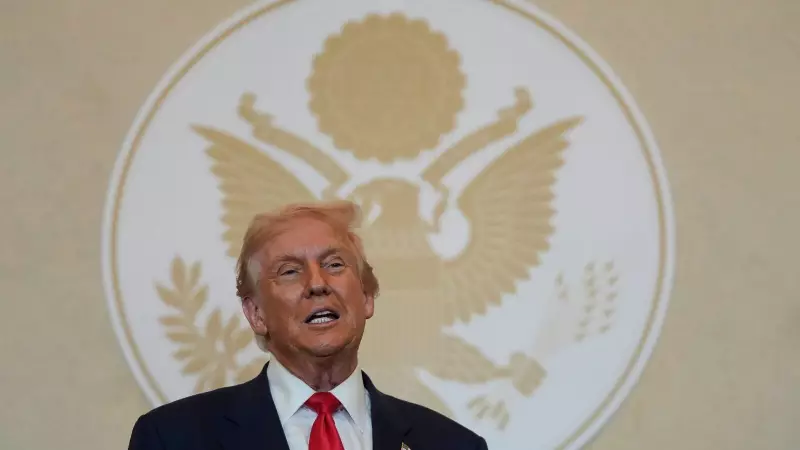
Former President Donald Trump is preparing for what could become one of the most significant trade missions in modern economic history. With his sights set on a potential political comeback, Trump's ambitious tariff agenda faces its ultimate proving ground across Asian markets.
The Asian Conundrum: Balancing Trade and Diplomacy
Asia represents both the greatest opportunity and most complex challenge for Trump's protectionist vision. The region encompasses manufacturing powerhouses, emerging economic giants, and strategic allies—each requiring a different diplomatic approach.
China stands as the primary target in Trump's trade crosshairs, with proposed tariffs that could reach staggering percentages. However, the economic interdependence between the two nations creates a delicate balancing act that even the most aggressive trade policies must navigate.
The Ripple Effect Across Asian Economies
Trump's proposed tariffs would create waves far beyond Chinese borders:
- Supply chain realignment: Manufacturing could shift to Vietnam, India, and Southeast Asia
- Currency fluctuations: Asian currencies may face unprecedented volatility
- Regional alliances: Traditional partnerships might be tested or strengthened
Economic Implications: Winners and Losers
The implementation of sweeping tariffs would create a complex web of economic consequences. While some American industries might benefit from reduced competition, consumers could face higher prices for electronics, clothing, and household goods.
Asian exporters are already preparing contingency plans, exploring alternative markets and domestic consumption strategies to mitigate potential losses from restricted US market access.
The Diplomatic Tightrope
Beyond pure economics, Trump's tariff strategy must account for delicate diplomatic relationships. Key allies like Japan and South Korea present particular challenges, where security partnerships coexist with trade disputes.
The success of any tariff initiative will depend on navigating these complex relationships while maintaining America's strategic position in the region.
Looking Ahead: The Global Commerce Revolution
If implemented, Trump's Asian tariff agenda could trigger the most significant reshaping of global trade patterns in decades. The outcomes would influence everything from inflation rates to international relations, potentially creating new economic blocs and trade corridors.
The world watches closely as these developments unfold, recognizing that the future of international commerce may hinge on decisions made in boardrooms and negotiating tables across Asia.





